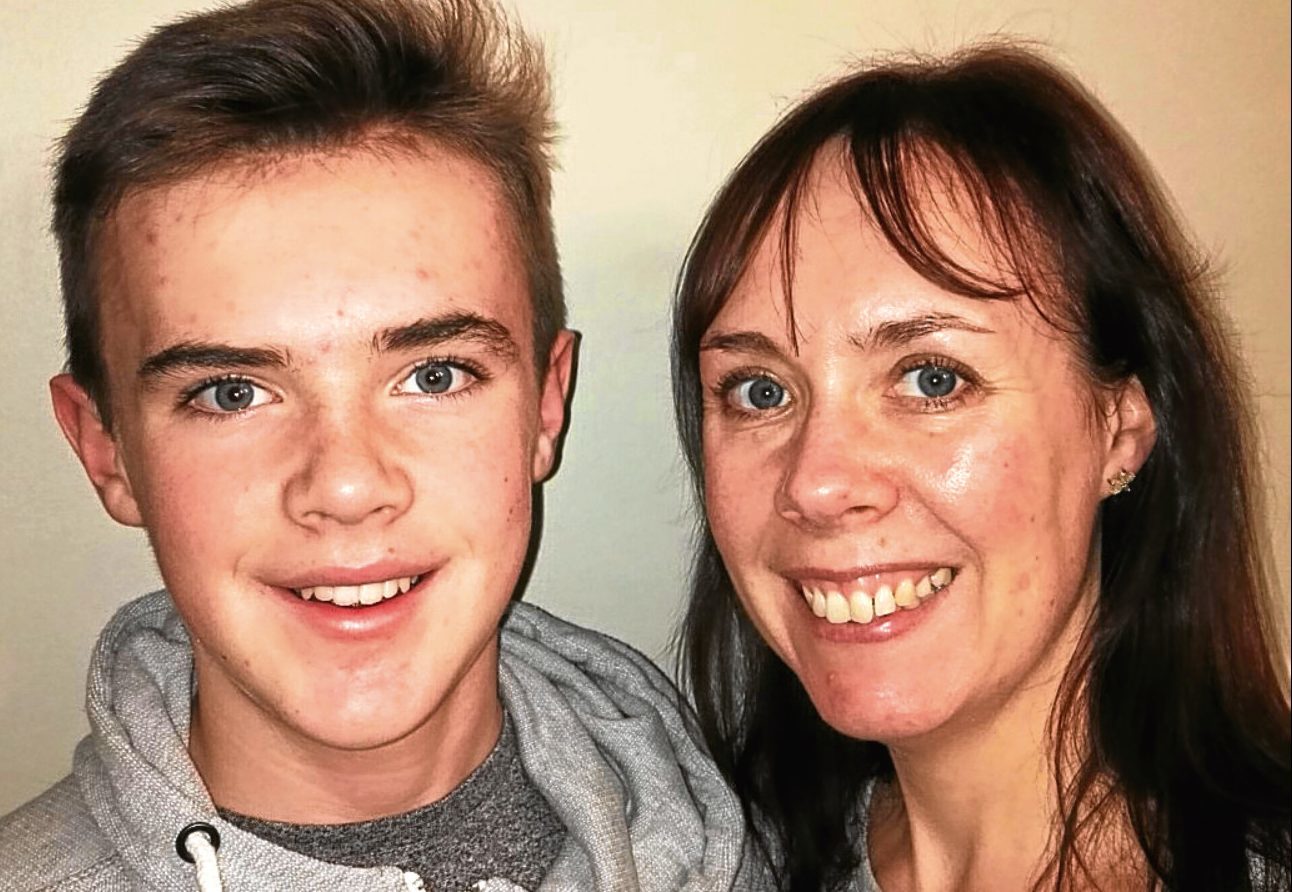
WE’VE all had numb fingers this winter.
But for people with Raynaud’s, this can happen at almost any time.
Raynaud’s is a condition in which the small blood vessels in the extremities are over-sensitive to changes in temperature and spasm, restricting the flow of blood, causing the fingers to go numb and throb.
When the bloodflow returns it can be extremely painful — just ask Claire Miller.
“This is the worst time of year for me,” says Claire (35), “but spring and autumn are pretty bad as well because they’re the times you maybe don’t have the gloves or the extra layers to cope when the temperature suddenly drops.
“A lot of the problems I have tend to be when it’s wet and windy, and you get that wind chill.
“I have to have gloves in every coat, every fleece and hoodie that I own, just for going out and about, and as soon as they get a bit damp then that’s just horrendous, too, so I have to have a spare pair with me as well.
“My fingers will go white and numb. It’s usually the same two that go first and if it’s bad they’ll all go.
“If it’s particularly bad, it’s extremely painful and they’ll go blue and then red,” Claire explains.
“It looks like a dead person’s fingers — they’re blue from knuckle down and just looks awful.
“And there’s quite a lot of pain when the circulation does return. You just have to sit and wait for it, you can’t do anything about it, and it can take up to an hour for that to come back.
“I have to make sure I have Nifedipine with me so I can take one when I’m having an attack, which will shorten the length of it by opening up the blood vessels and getting the blood flowing a bit quicker again.
“You want to be able to do anything you want to do, not think: ‘Oh, I can’t do that because . . .’ and that’s something my eldest son Lewis, who also has Raynaud’s, has found as well.
“It seems to be hereditary, and my mum thinks she probably had it when she was younger as well, quite mildly, as she remembers her fingers going white and numb but again never did anything about it.”
Claire, who also has two younger boys, knows what can trigger an attack. “A problem I always have is putting washing out on the line.
“Whatever time of year it is, that’s always really hard because the clothes are cold coming out of the wash and, if there’s a bit of a cold breeze, by the time you’ve done it you can’t feel your fingers.
“It can makes things difficult, even going to the supermarket.
“You’re getting things out of the fridges, and supermarkets are often cold anyway, so by the time I get to the checkout to pay I can’t feel my fingers to get my card out to put in the machine — you feel like an old woman.
“Chopping veg, is also a problem. I try to get the vegetables out in plenty of time to warm up to room temperature, particularly things that take a lot of peeling.
“If you mess that up, you’re liable to lose a finger, so if I haven’t got them out in time I have to get my husband to do it — which is no bad thing!
“And I struggle to stand on the touchline watching my boys play football,” says Claire.
“Cold feet, cold everything — what I tend to do is sit in the car as much as possible and stand out when the match is on.
“Everything just has to be planned ahead, such as if it’s particularly cold putting the gloves on the radiator before you go out, getting my welly boots out of the garage so they warm up first because I get it a bit in my toes as well.”
Shropshire-based Claire, who’s about to start a new job as a respiratory specialist nurse, recalls experiencing symptoms in her teens, when she’d dance and do amateur dramatics in cold village halls.
“We were singing and dancing, a lot of movement involved, but my hands would just be white and numb,” she says.
“At that age you think nothing of it. It wasn’t until I got into my 20s I thought: ‘Actually, this isn’t right and it’s getting to be more of a problem.’
“There were times when my husband and I used to go skiing, that despite wearing an extra pair of gloves under my gloves, I would feel dizzy and sick with the pain.
“And it’s difficult to ski when you can’t hold onto the poles!”

Enjoy the convenience of having The Sunday Post delivered as a digital ePaper straight to your smartphone, tablet or computer.
Subscribe for only £5.49 a month and enjoy all the benefits of the printed paper as a digital replica.
Subscribe